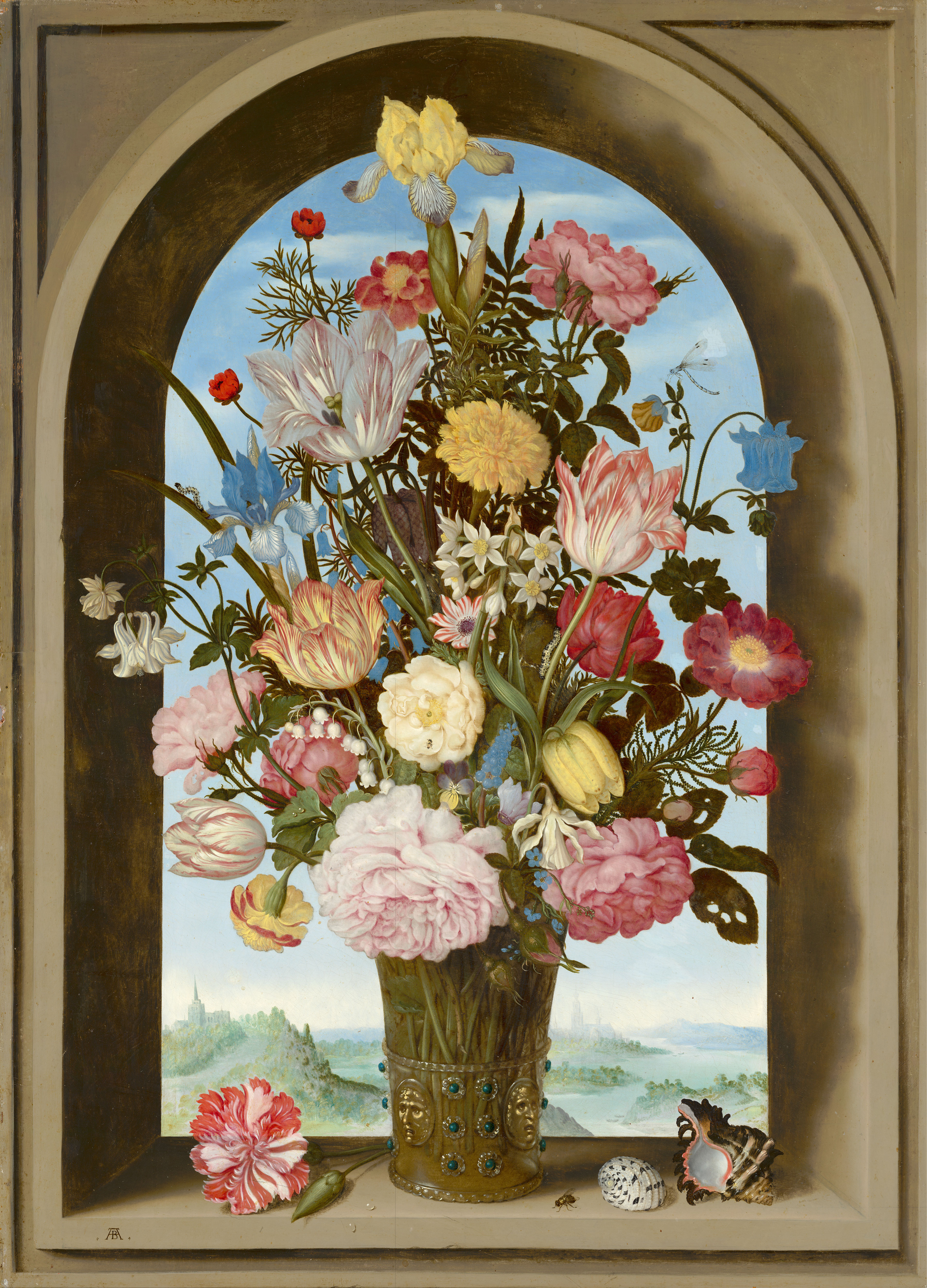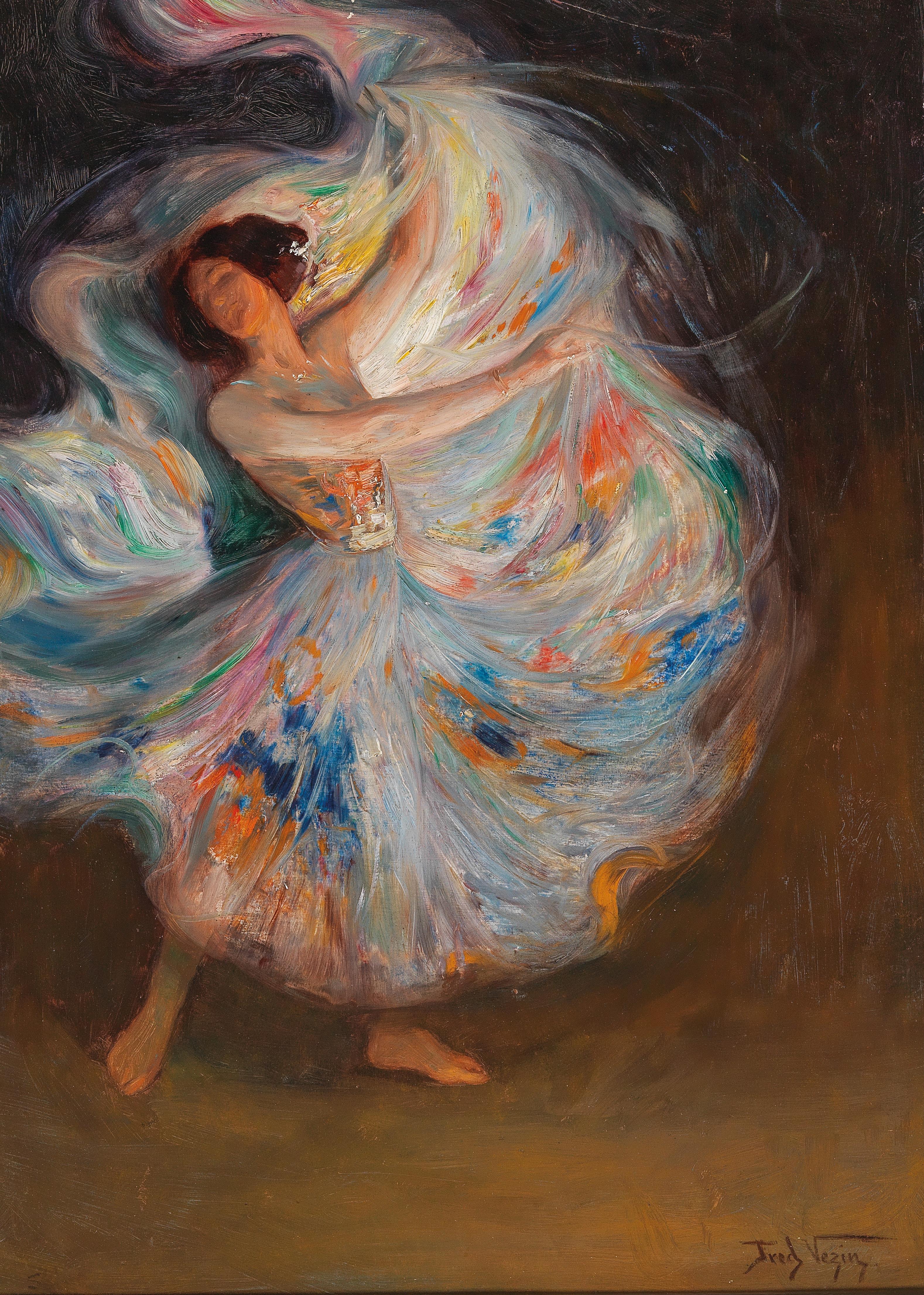Ambrosius Bosschaert the Elder (1573-1621) was a Flemish-born Dutch still life painter and art dealer.
He is recognised as one of the earliest painters who created floral still lifes as an independent genre.
He founded a dynasty of painters who continued his style of floral and fruit painting and turned Middelburg into the leading centre for flower painting in the Dutch Republic.










